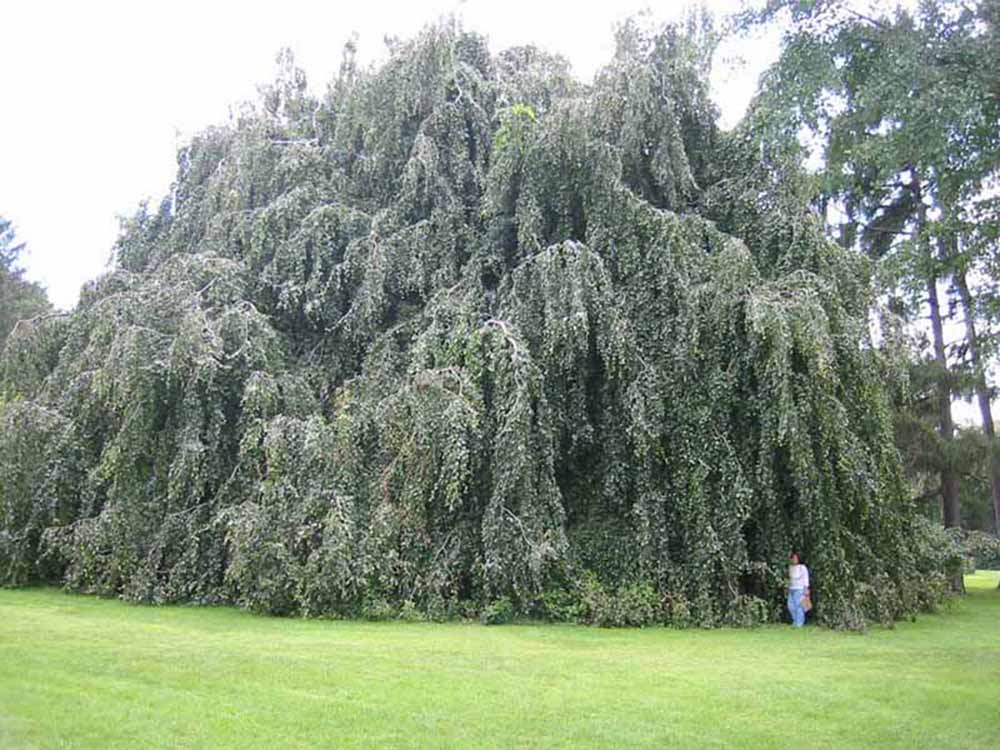
Under a weeping willow in upstate New York

Under a weeping willow in upstate New York
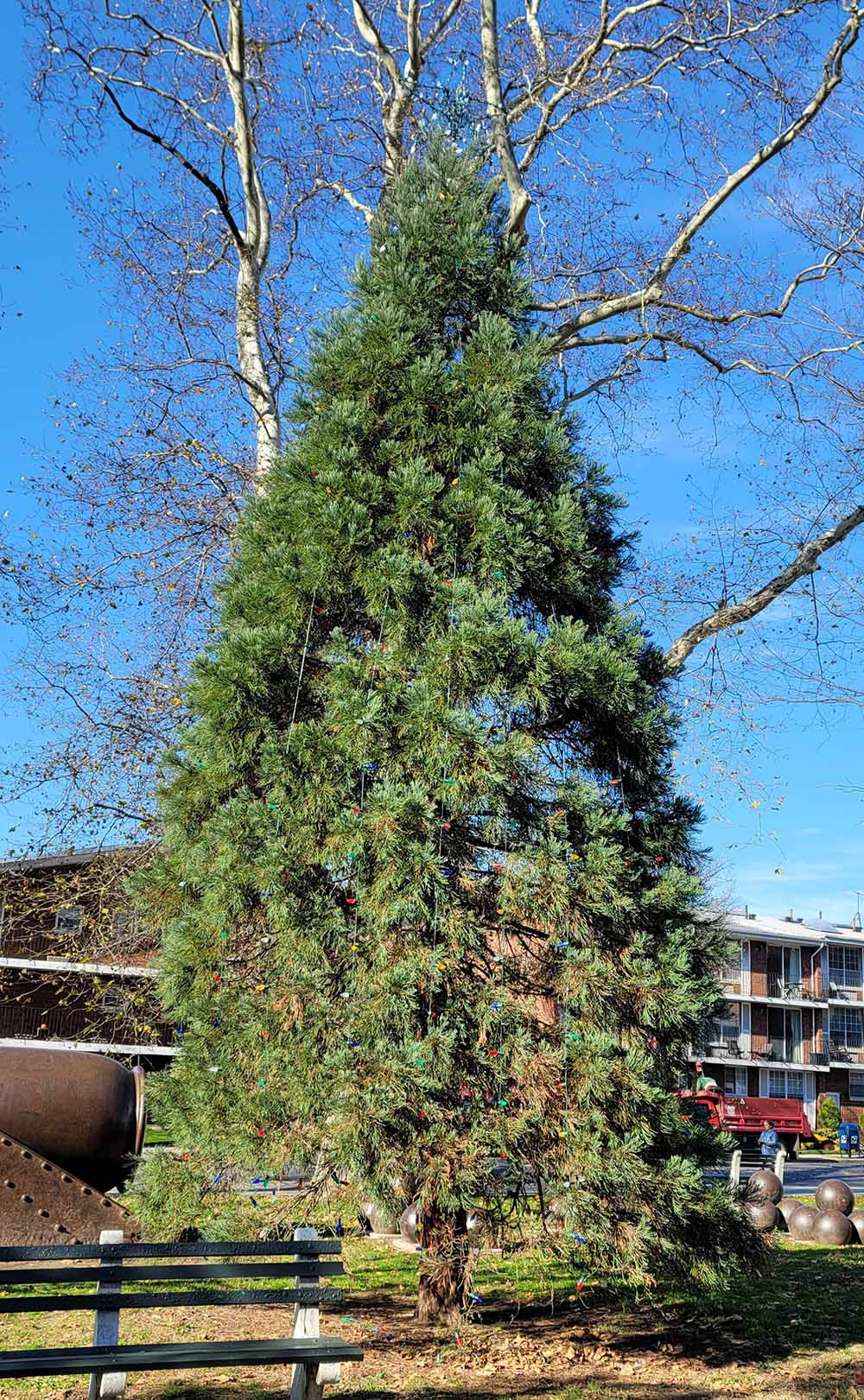
9:00 PM. View from my terrace - Looks like a Tiffany Lamp
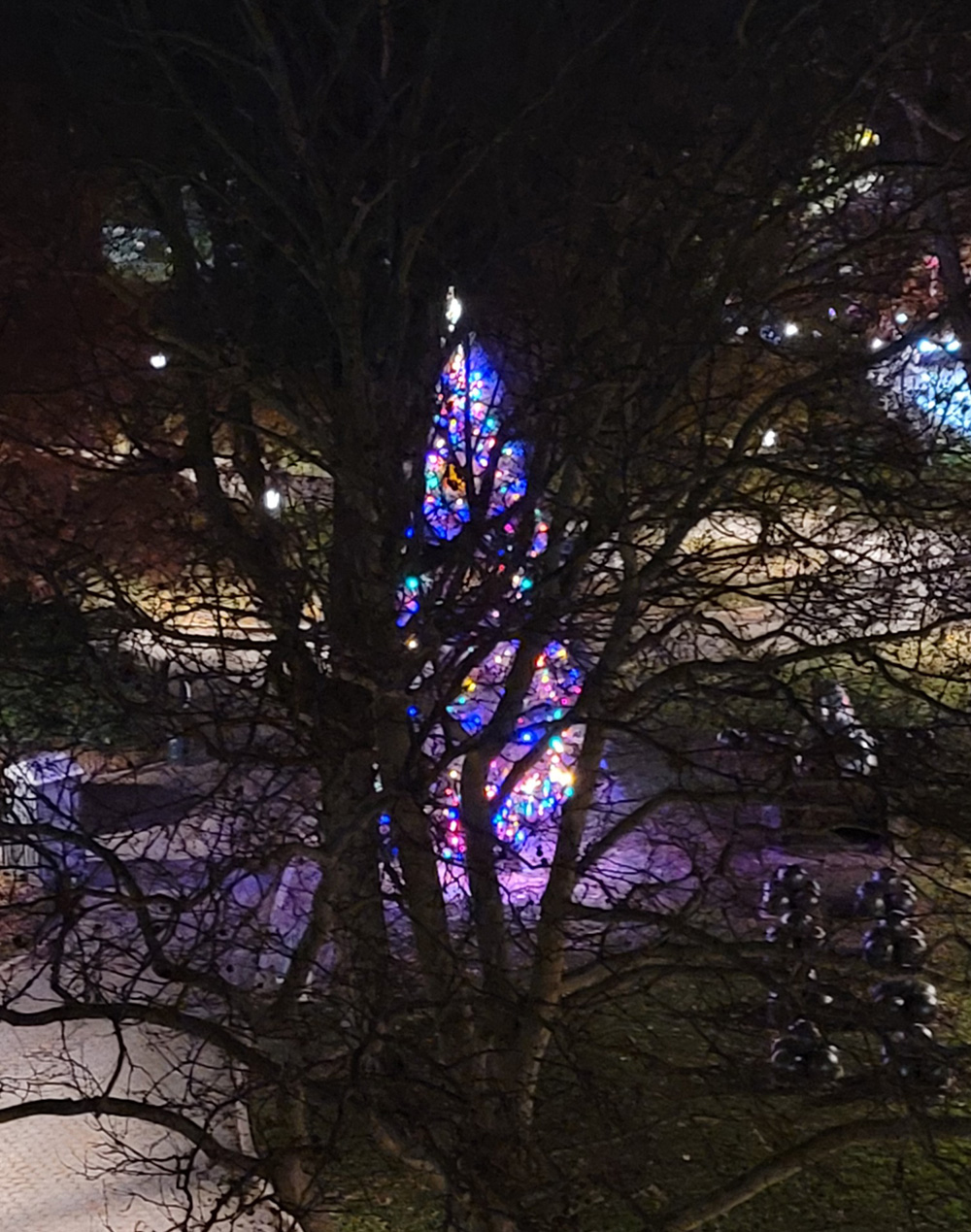
After the rain ...

Magical Moments

The Tree and the Verrazano Bridge

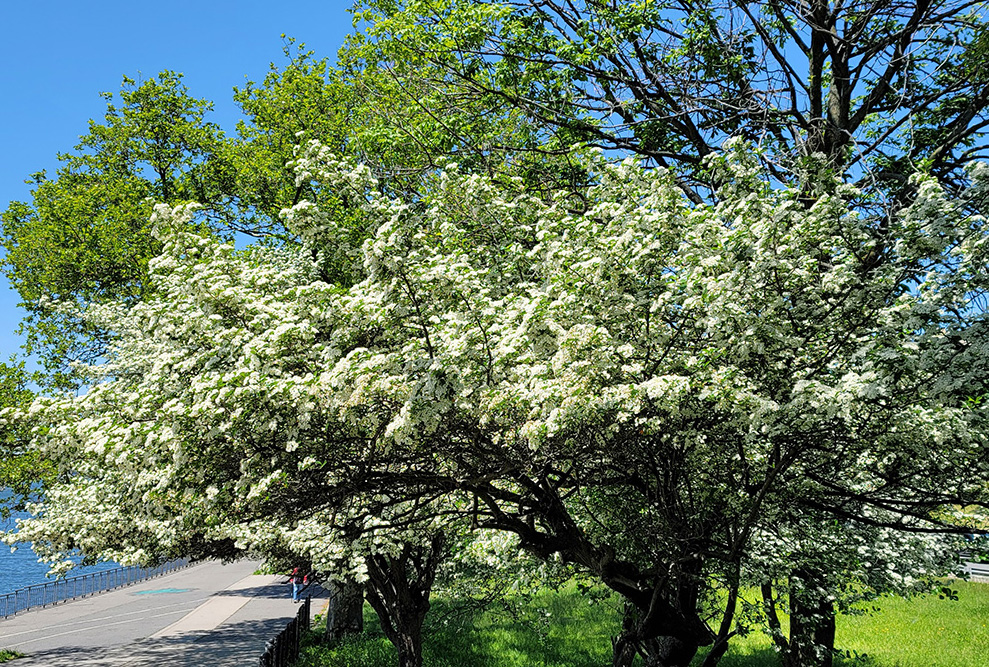

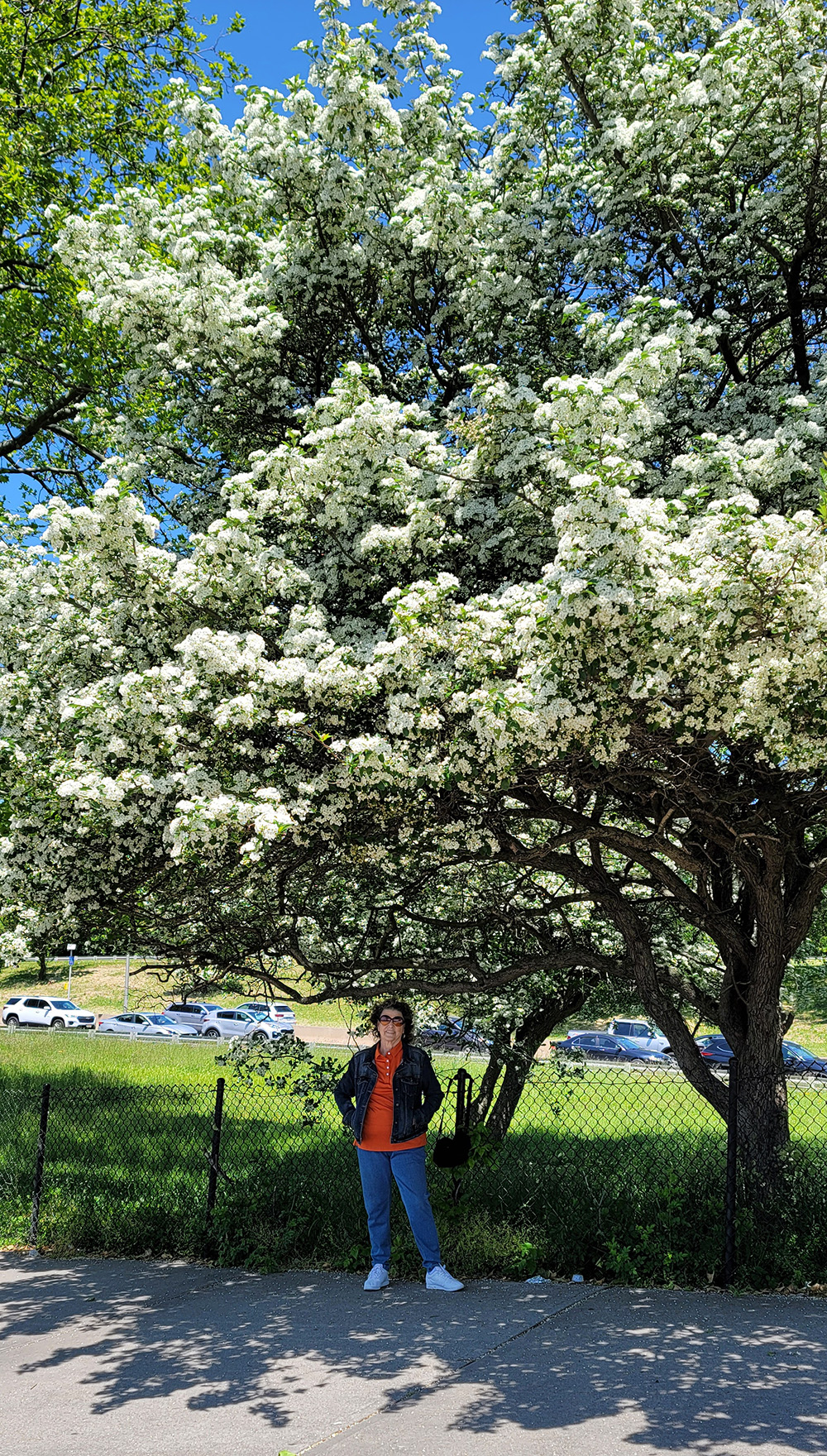
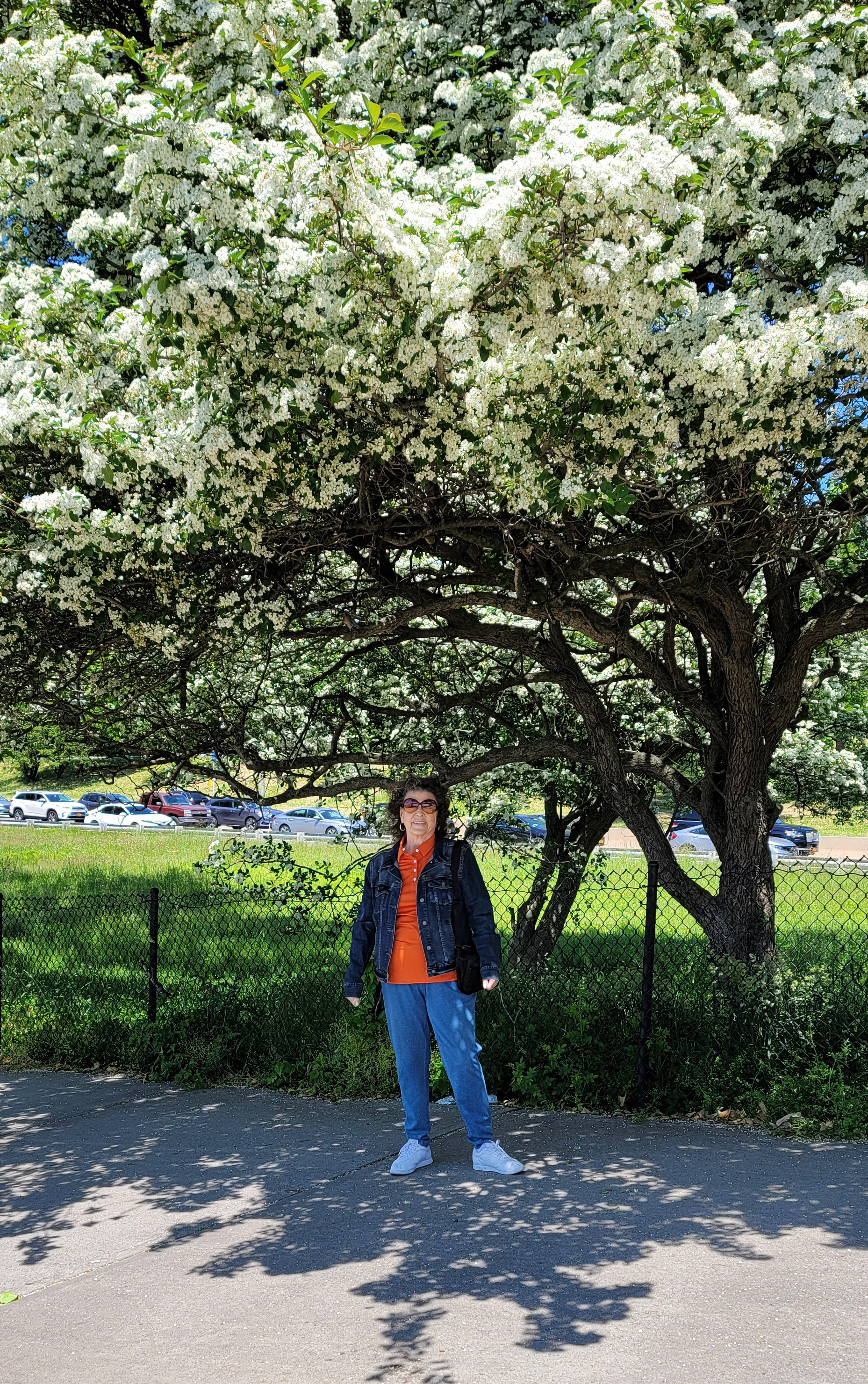
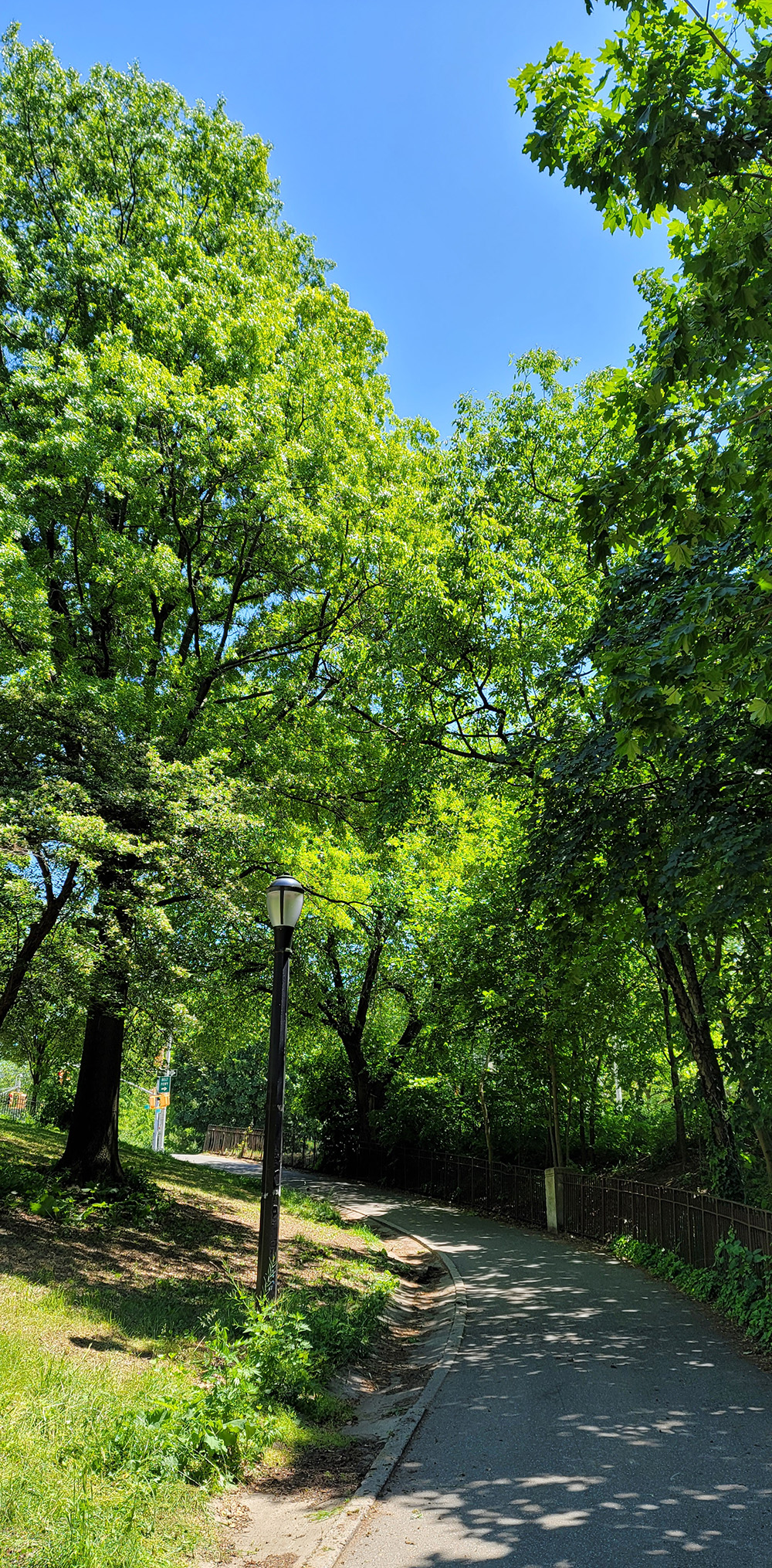
I Love Trees

Trees speak to me
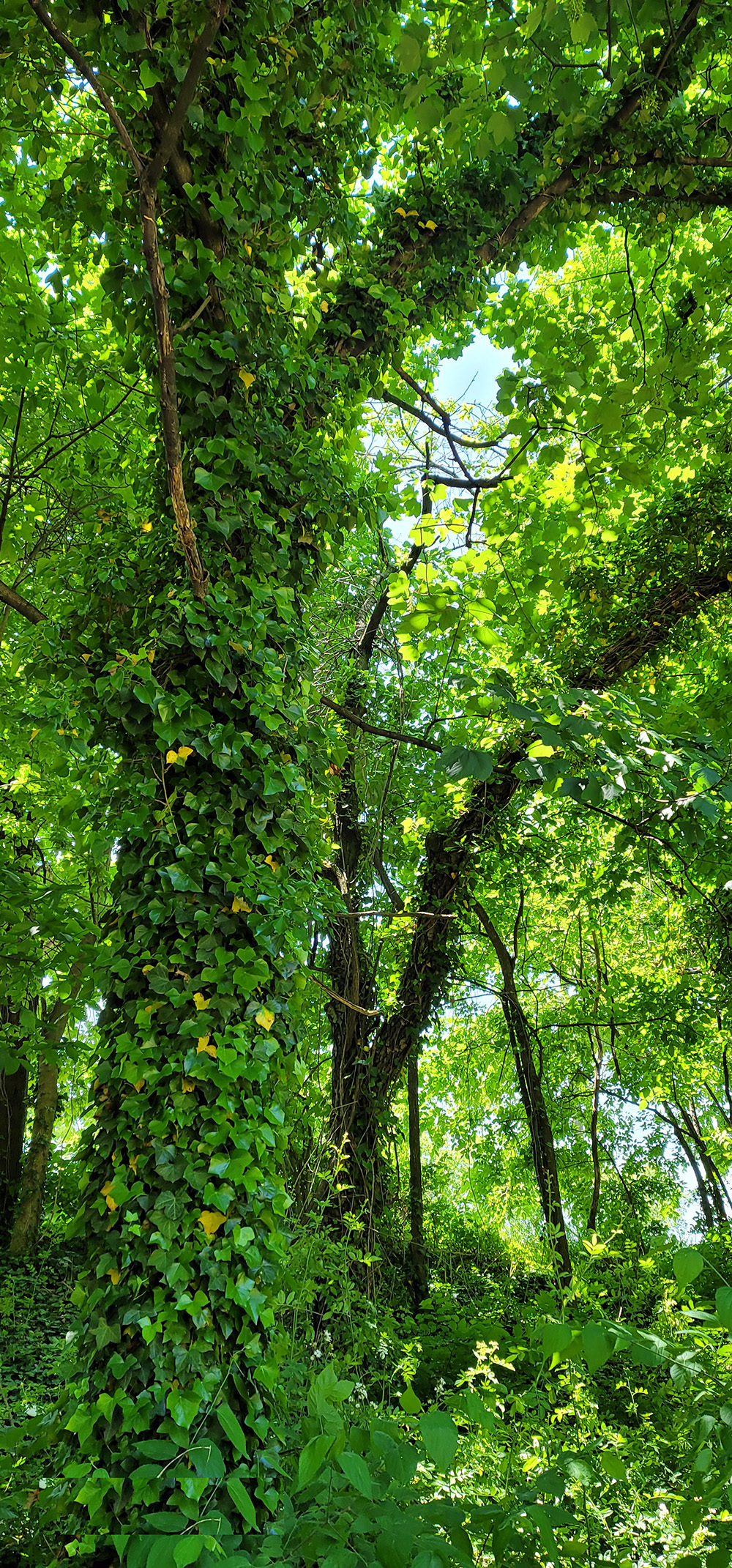

Sometimes a Weeping Willow has a reason to cry

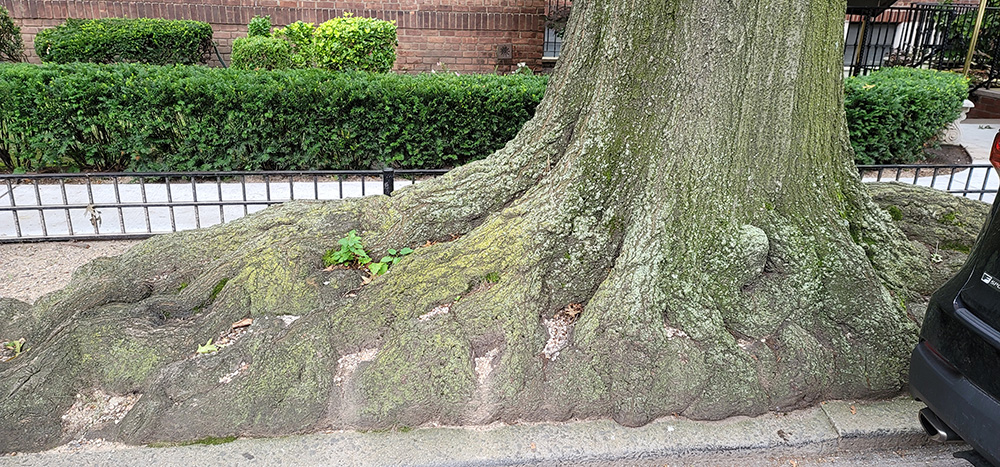

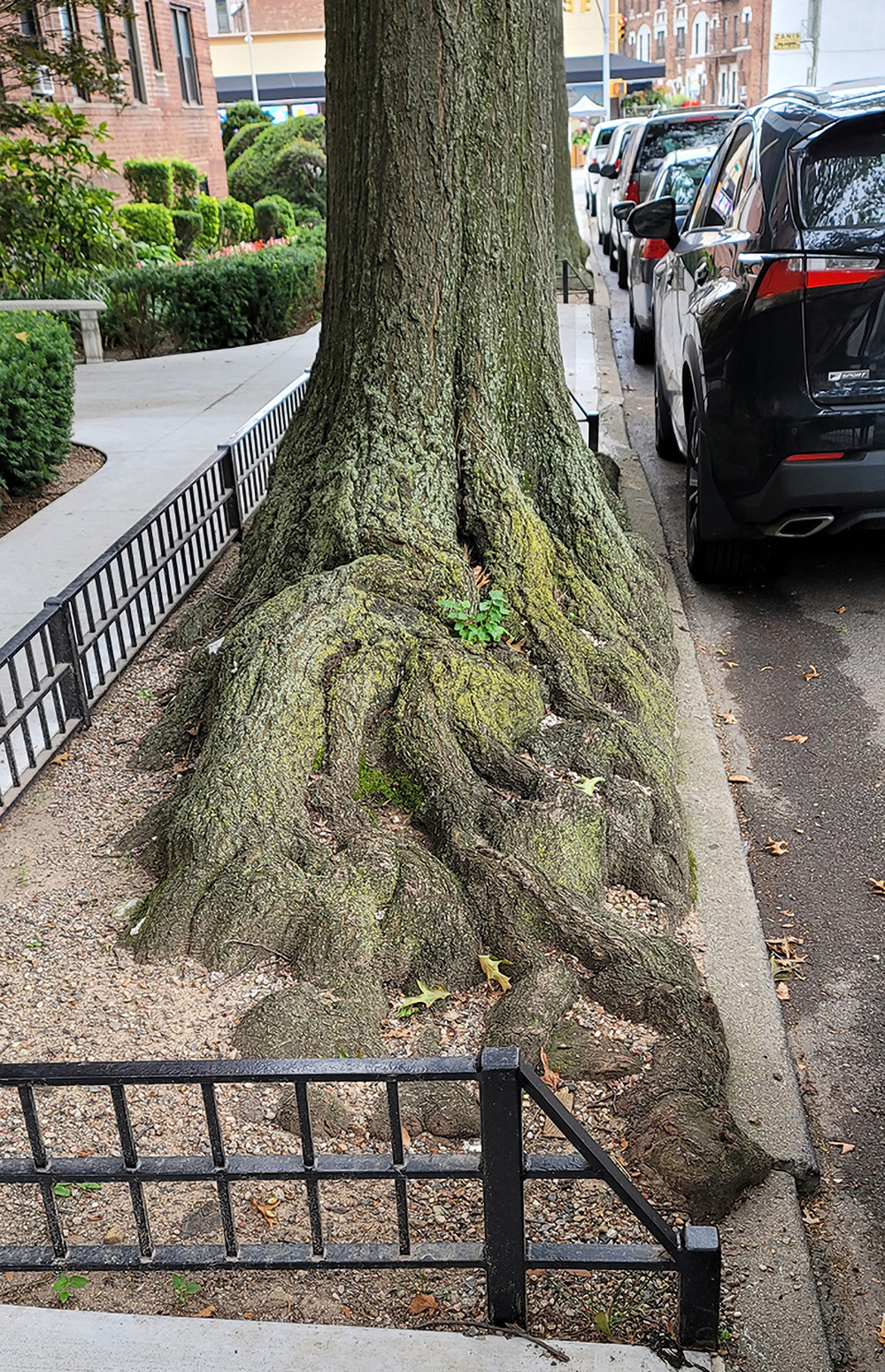

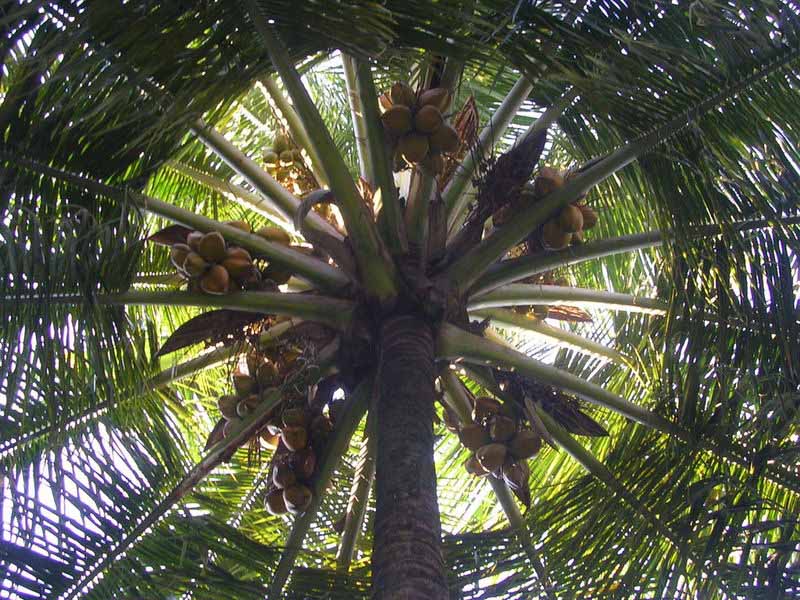

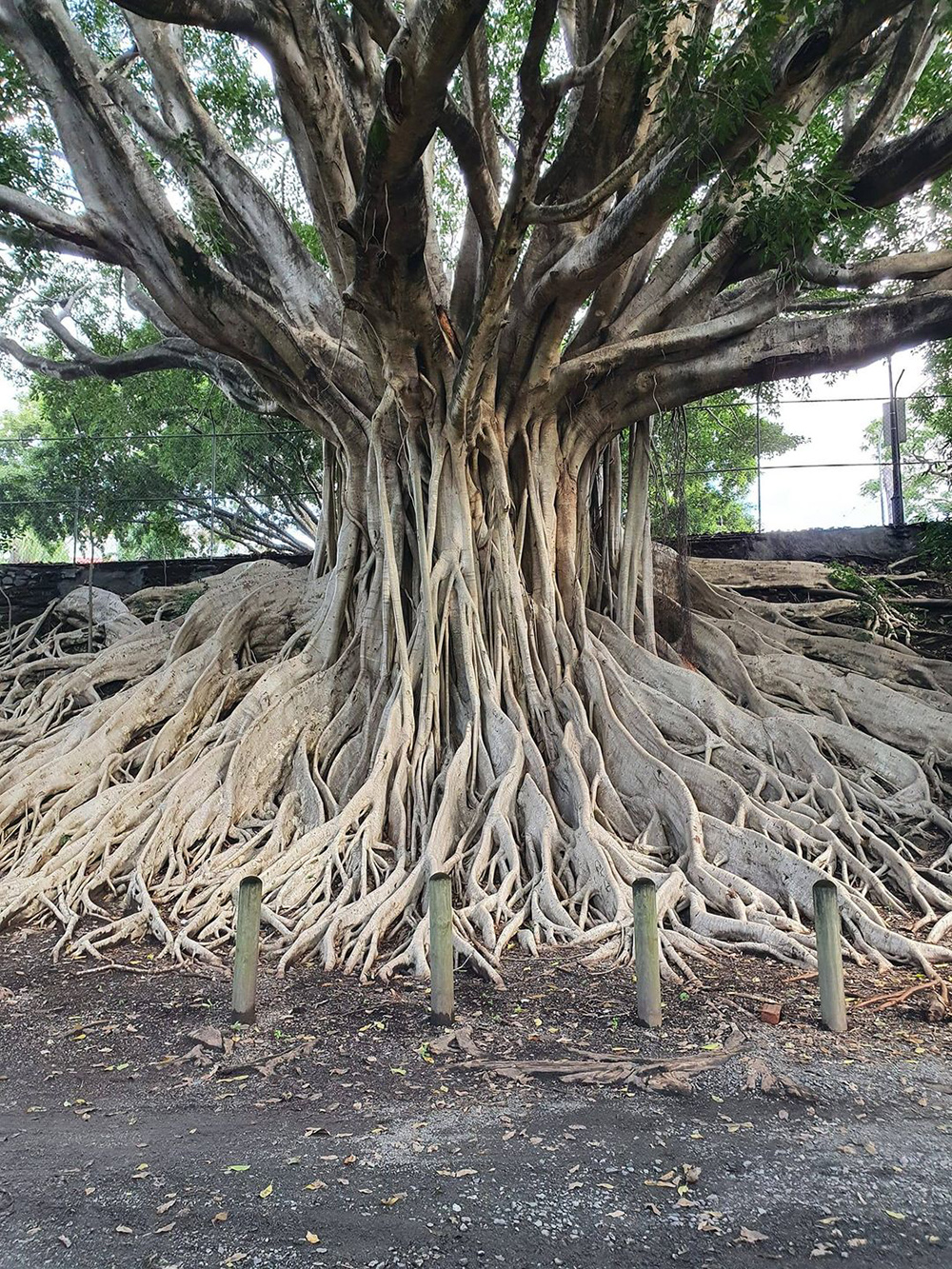
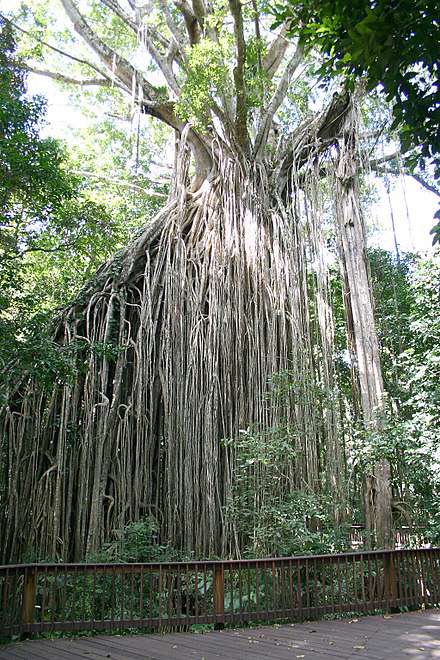


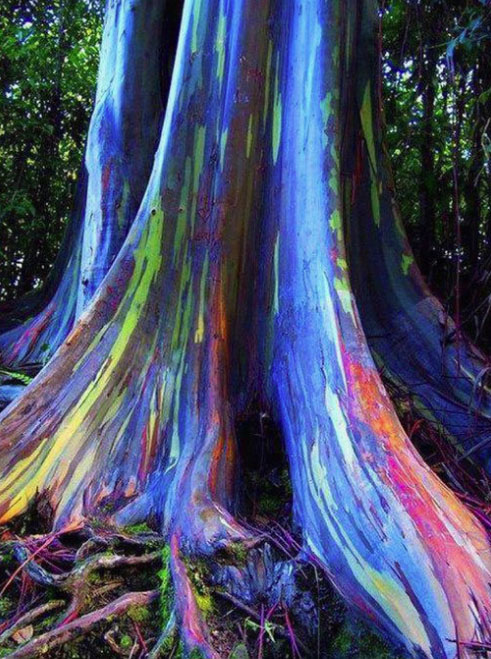
Rainbow Eucalyptus or Eucalyptus Deglupta are the only species of eucalyptus that grow in the northern hemisphere. They are very tall trees found in tropical forests and the jungles of the Hawaiian Islands, Indonesia, Papua New Guinea, Philippine Islands, and sometimes in southern Florida, Texas, and California. It is one of only four eucalypt species out of more than seven hundred that do not occur in Australia. It is characterized by multi-colored bark. Read more.
The color phenomenon is caused by patches of bark peeling off at different times - the colors indicating the age of the tree. A newly shed outer bark reveals bright greens which darken over time morphing into shades of blues and purples which in turn change to orange and red.

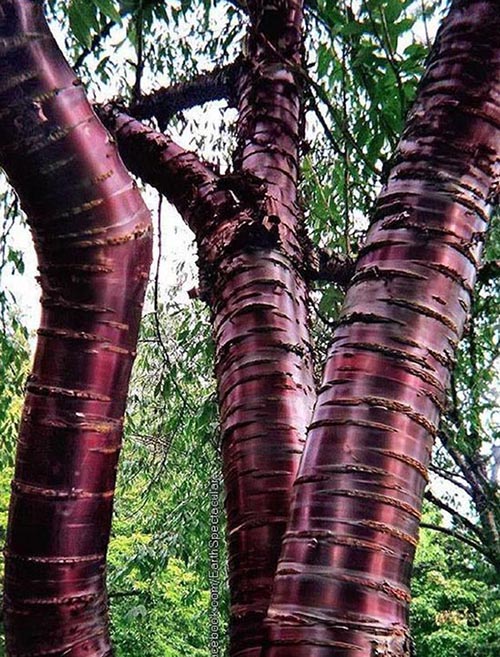
Prunus serrula, called birch bark cherry, birchbark cherry, paperbark cherry, or Tibetan cherry, is a species of cherry native to China, and is used as an ornamental in many parts of the world for its striking coppery-red bark. Read more
The climate case for planting trees has been overhyped - but it's not too late to fix it PhysOrg - August 31, 2025
The climate benefits of planting trees may have been greatly overestimated, but swift action could ensure reforestation meets its potential to curb dangerous emissions, new research has found. Reforestation - or replanting trees in areas that have been cleared and degraded - is considered an important tool to curb climate change. Plants absorb carbon from the atmosphere and store it in their leaves, roots, stems and wood, as well as in the soil.
Poplar tree discovery could help shape the future of energy and biomaterials PhysOrg - August 19, 2025

Poplars are already being used in the paper and pulp industry. Now, they're being explored as a source of bioenergy—fuels, plastics and other bioproducts made from plants instead of oil.
Fig Trees That Grow Rocks From Carbon Discovered in Africa Science Alert - July 16, 2025

It's well-known that trees absorb carbon dioxide from the air to create their structure's organic building blocks. Some trees go one step further, converting extra CO2 into limestone within their trunks. Now researchers have found a new example of such a plant that could be a suitable choice for agriculture.
Scientists Resurrect A 1,000-Year-Old Biblical Tree From Ancient Seed Found In Judean Cave IFL Science - December 28, 2024
Scientists resurrected a strange seed that was discovered in a cave in the Judean desert during the 1980s. According to radiocarbon dating, the seed was over 1,000 years old when it was found, and its DNA links it to a genus of tree that, although lost today, was mentioned in the Bible. Named Sheba, the unknown species of tree has been identified as belonging to the Commiphora genus, which is a member of the Frankincense and Myrrh family. There are around 200 living plant species in this family today. These trees tend to be distributed in Africa, Madagascar, and the Arabian Peninsula and have been valued for their rich aromatic gum resins or ethnobotanical uses. Over the last 14 years, Sheba has grown into a tree that is nearly 3 meters (10 feet) tall, which has enabled scientists to describe its characteristics for the first time.
2,700-year-old shields and helmet from ancient kingdom unearthed at castle in Turkey Live Science - September 23, 2024
Scientists have grown an ancient seed from a cave in the Judean Desert into a tree - and it could belong to a locally-extinct species with medicinal properties mentioned several times in the Bible.
Scientists solve mystery of ancient 'tree of life' - the boabab trees BBC - May 17, 2024
According to DNA studies, the iconic trees first arose in Madagascar 21 million years ago. Their seeds were later carried on ocean currents to Australia and also to mainland Africa, evolving into distinct species. The researchers are calling for greater conservation efforts for the trees, which they say may be closer to extinction than previously thought. Baobabs are known as "the tree of life" or "upside down tree" for their strange shapes and longevity. They are in trouble because of climate change and widespread deforestation.
Fossilized 350 Million-Year-Old Plant Is Like Nothing You've Ever Seen Before IFL Science - February 3, 2024
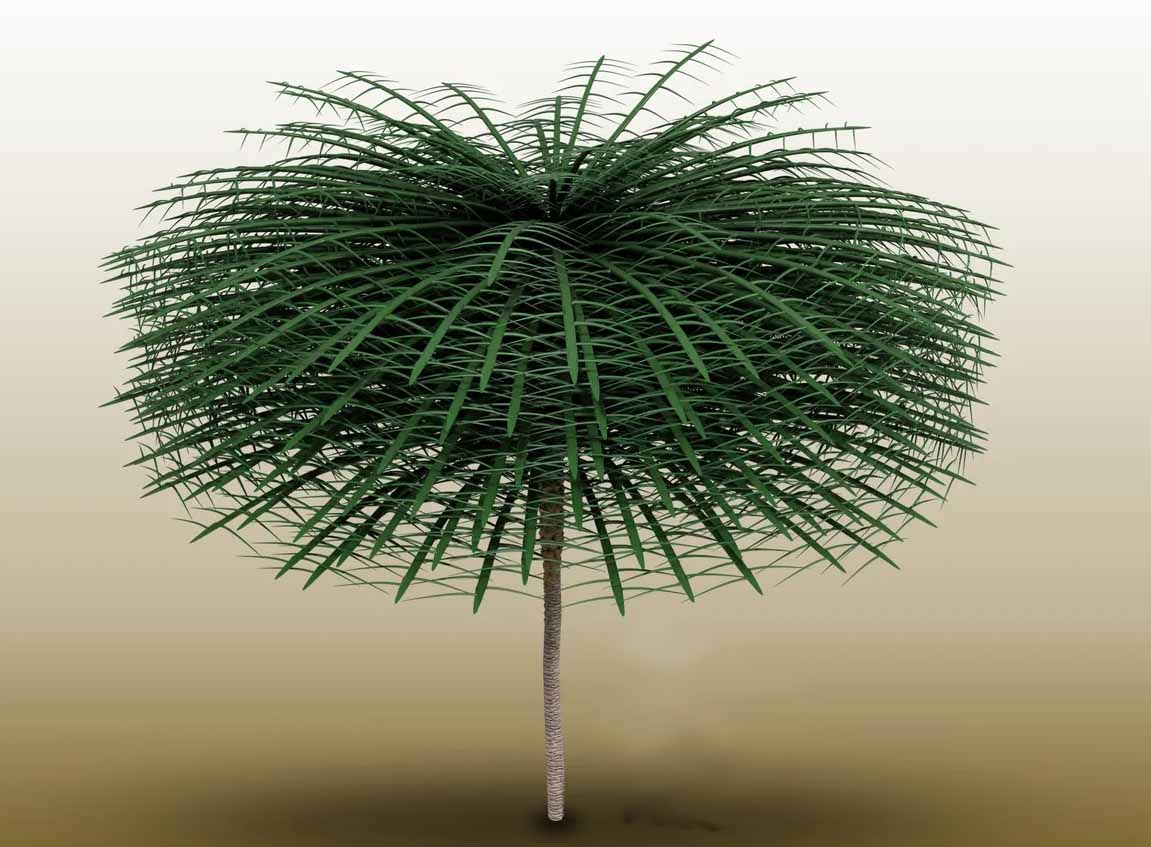
While fossilized plants turn up fairly often in the fossil record, they are usually preserved as a trunk or the odd leaf, giving little idea of what the whole tree might have looked like. Newly discovered fossilized trees from New Brunswick, Canada however have enough in the record to reveal that they had a very surprising appearance that has never been seen before.
Banyan Trees: The Ancient 'Walking' Tree You've Never Heard Of IFL Science - December 2, 2023
Banyan trees, which are sacred in Hinduism, expand their footprints by sending out roots that grow their own branches. These roots are flexible and can 'crawl' in ways that allow them to reposition for optimal sunlight and nutrients, which makes it look like they have been walking. Due to this ability, these trees are recognized as the biggest in the world in terms of the area they can cover as individuals.
Australia: Mystery of living fossil Wollemi pine tree frozen in time for 66 million years finally solved Live Science - September 15, 2023
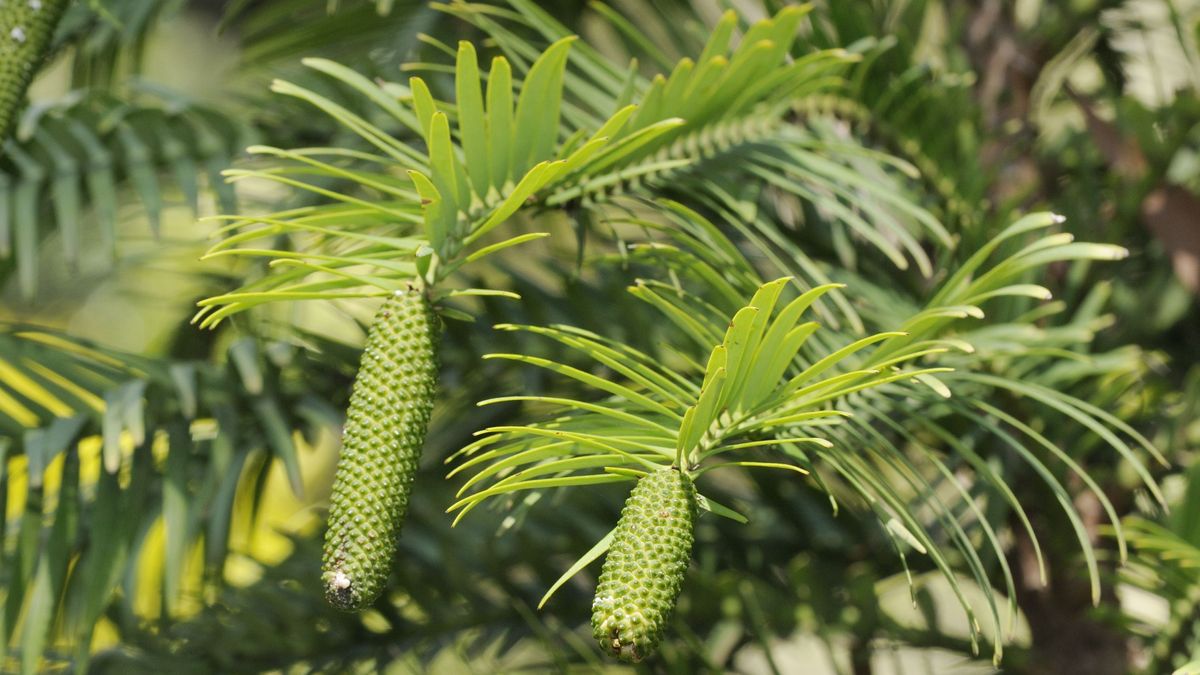
The Wollemi pine was thought to have gone extinct 2 million years ago until it was rediscovered by a group of hikers in 1994. Now, scientists have decoded its genome to understand how it's survived - almost unchanged - since the time of the dinosaurs.
Utah: Listen to the sounds of Pando, the largest living tree in the world
Researchers have recorded the sounds of the world's largest tree, a 13-million-pound (6 million kilograms) behemoth known as Pando that stretches across 106 acres (43 hectares) in southern Utah. The researchers think that listening to the recordings could give them a better understanding of the sprawling aspen’s health and any environmental changes that might affect it.
In a forest in southern Chile, a giant tree has survived for thousands of years and is in the process of being recognized as the oldest in the world. Science Alert - April 27, 2023
In a forest in southern Chile, a giant tree has survived for thousands of years and is in the process of being recognized as the oldest in the world. Known as the "Great Grandfather," the trunk of this tree measuring four meters (13 feet) in diameter and 28 meters tall is also believed to contain scientific information that could shed light on how the planet has adapted to climatic changes. Believed to be more than 5,000 years old, it is on the brink of replacing Methuselah, a 4,850-year-old Great Basin bristlecone pine found in California in the United States, as the oldest tree on the planet.
Famous 'Great Grandfather' Tree in Chile Could Be The Oldest Tree in The World Science Alert - June 9, 2022
The ancient giant, an alerce (Fitzroya cupressoides) known as the "Gran Abuelo" (or great grandfather in Spanish) that towers over a ravine in the Chilean Andes, may be roughly 5,400 years old, a new computer model suggests. If that date can be confirmed, it would make the Gran Abuelo nearly 600 years older than the current official record holder for world's oldest tree, a Great Basin bristlecone pine (Pinus longaeva) in California known as "Methuselah".
Naples Italy's Upside-Down Fig Tree Hangs From The Roof Of An Ancient Ruin IFLScience- February 3, 2023
In Naples, Italy, visitors to the ruins of Baiae which sit within the modern city of Bacoli will find a botanical take on Stranger Things’ The Upside Down. Here, from the ceiling of a cave in the Parco Archeologico delle Terme di Baia, a fig tree has grown the wrong way up. Exactly how the gravity-defying tree came to be there has botanists stumped, but its unlikely placement doesn’t seem to be slowing it down as it continues to grow (albeit, downwards) and bear fruit.
After three years of planning, five expeditions and a two-week trek through dense jungle, scientists have reached the tallest tree ever found in the Amazon rainforest, a towering specimen the size of a 25-story building PhysOrg - October 8, 2022

The giant tree, whose top juts out high above the canopy in the Iratapuru River Nature Reserve in northern Brazil, is an angelim vermelho measuring 88.5 meters (290 feet) tall and 9.9 meters (32 feet) around - the biggest ever identified in the Amazon, scientists say.
The World's Tallest Tree Is Officially Off-Limits Smithsonian - August 4, 2022
The world’s tallest living tree, a 380-foot-tall Redwood named Hyperion, is now off-limits to visitors. Eager tourists who attempt to seek it out anyway could face fines of $5,000 or up to six months in jail. The new rules are an attempt to curb destructive tourism that has damaged the surrounding forest.
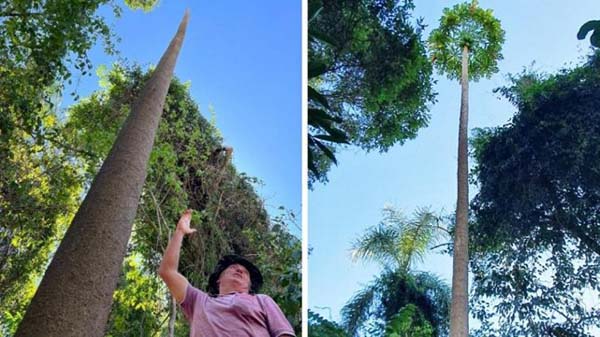
Ancient trees form bloodlines that bolster forests for thousands of years Live Science - February 8, 2022
Ancient trees, the venerable sentinels of forests, may preserve genetic diversity that helps woodlands thrive for thousands of years, a new study suggests. In a typical deciduous forest, the oldest of the old trees - many of which were standing during the First Crusade - can act almost like time-travelers, representing the forest as it stood centuries before most of the trees around it were saplings. These ancient trees may have taken root in very different environmental circumstances as most other trees in the forest, meaning their offspring may have advantages should the environment change again.
Planet Earth Contains Over 9,000 Tree Species Yet to Be Discovered, Scientists Say Science Alert - February 1, 2022
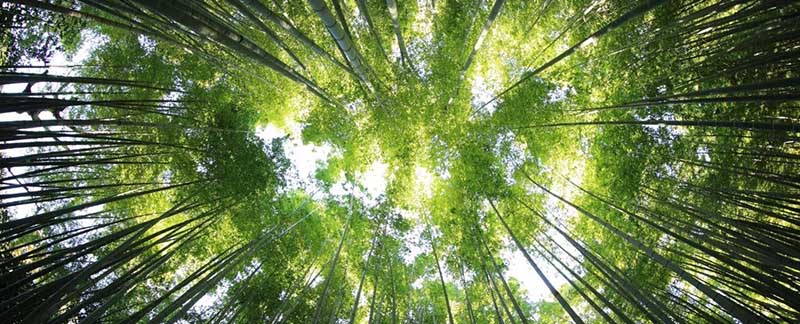
An ambitious, first-of-its-kind effort to estimate how many different kinds of trees exist on Earth suggests our planet is teeming with thousands of tree species that still haven't been discovered. The huge international research effort – involving the work of over 100 scientists – estimates that there are approximately 73,000 tree species in total on Earth, yet so far we've only documented about 64,000 of these. The remainder, researchers say, equates to roughly 9,200 undiscovered tree species that so far have eluded scientific attention and study.
We Almost Forgot About the Moon Trees. A collection of tree seeds that went round and round the moon was scattered far and wide back home. The Atlantic - February 1, 2022
A collection of tree seeds that went round and round the moon was scattered far and wide back home. The American moon missions, more than 50 years later, are each memorable in their own way. Apollo 11, of course, is known for being the very first time human beings set foot on the moon. Apollo 12, for being a little rowdier. Apollo 13, for nearly ending in disaster. Apollo 14 - the third of six moon landings - is known, as I recently discovered, for its 'moon trees'.
Tropical trees are living time capsules of human history PhysOrg - February 6, 2020
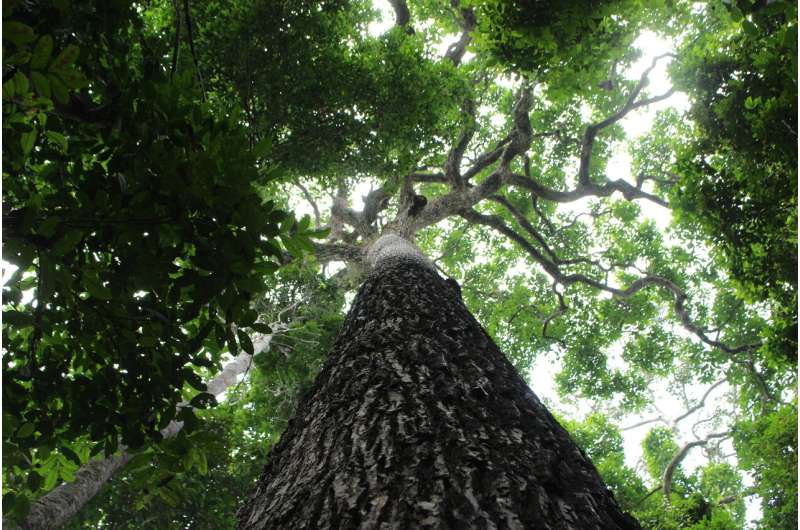
In a new article published in Trends in Plant Science, an international team of scientists presents the combined use of dendrochronology, radiocarbon dating and isotopic and genetic analysis as a means of investigating the effects of human activities on forest disturbances and the growth dynamics of tropical tree species. The study presents the potential applicability of these methods for investigating prehistoric, historical and industrial periods in tropical forests around the world and suggests that they have the potential to detect time-transgressive anthropogenic threats, insights that can inform and guide conservation priorities in these rapidly disappearing environments.
Secrets of '1,000-year-old trees' unlocked - by making protective chemicals that fend off diseases and drought BBC - January 14, 2020

And, unlike many other plants, its genes are not programmed to trigger inexorable decline when its youth is over. The ginkgo can be found in parks and gardens across the world, but is on the brink of extinction in the wild.
A 16-Million-Year-Old Tree Tells a Deep Story of the Passage of Time Smithsonian - November 25, 2019

Each yearly delineation on the sequoia's surface is a small part of a far grander story that ties together all of life on Earth. Scientists know this as Deep Time. It's not just on the scale of centuries, millennia, epochs, or periods, but the ongoing flow that goes back to the origins of our universe, the formation of the Earth, and the evolution of all life, up through this present moment. It's the backdrop for everything we see around us today, and it can be understood through techniques as different as absolute dating of radioactive minerals and counting the rings of a prehistoric tree. Each part informs the whole.
North Carolina Bald Cypresses Are Among the World's Oldest Trees Smithsonian - May 9, 2019
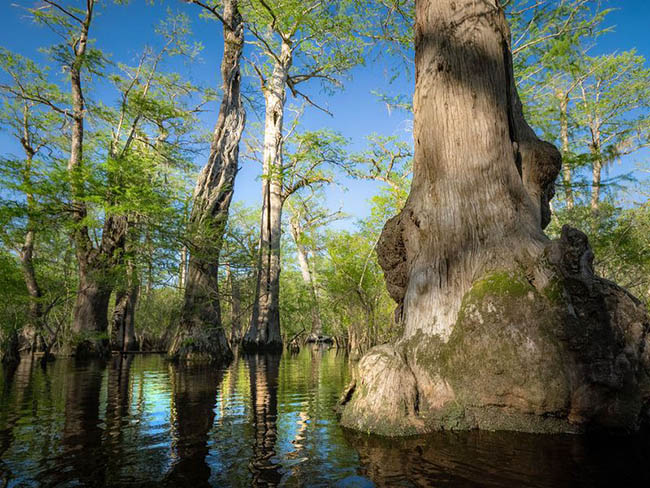
Researchers document the oldest known trees in eastern North America PhysOrg - May 9, 2019
Researchers document the oldest known trees in eastern North America PhysOrg - May 9, 2019
A recently documented stand of bald cypress trees in North Carolina, including one tree at least 2,624 years old, are the oldest known living trees in eastern North America and the oldest known wetland tree species in the world.
Climate change is giving old trees a growth spurt PhysOrg - May 9, 2019
Larch trees in the permafrost forests of northeastern China - the northernmost tree species on Earth - are growing faster as a result of climate change, according to new research.
Urban trees 'live fast, die young' compared to those in rural forests PhysOrg - May 9, 2019
Urban trees grow more quickly but die faster than rural trees, resulting in a net loss of street-tree carbon storage over time
Fossils from the world's oldest trees reveal complex anatomy never seen before PhysOrg - October 23, 2017

The first trees to have ever grown on Earth were also the most complex, new research has revealed. Fossils from a 374-million-year-old tree found in north-west China have revealed an interconnected web of woody strands within the trunk of the tree that is much more intricate than that of the trees we see around us today.The strands, known as xylem, are responsible for conducting water from a tree's roots to its branches and leaves. In the most familiar trees the xylem forms a single cylinder to which new growth is added in rings year by year just under the bark. In other trees, notably palms, xylem is formed in strands embedded in softer tissues throughout the trunk.
World is home to '60,000 tree species' BBC - April 5, 2017
Data revealed that Brazil was the nation with the greatest number of tree species, home to 8,715 varieties. Apart from the polar regions, which have no trees, the near-Arctic region of North America had the fewest number of species, with less than 1,400. Another fact to emerge from the data was that more than half of the species (58%) were only found in one country, suggesting that they were vulnerable to potential threats, such as deforestation from extreme weather events or human activity. About 300 species have been identified as critically endangered as they had fewer than 50 individuals remaining in the wild.
'Tree Man' Has Surgery: What Causes This Rare Condition? Live Science - January 10, 2017

A 27-year-old man in Bangladesh known as the "tree man" recently underwent surgery to remove the extensive, wood-like warts that covered his hands and feet. But what causes this rare disease? Over the past year, the man, Abul Bajandar, has undergone 16 surgeries to remove 11 lbs. (5 kilograms) of the unusual growths from his hands and feet, according toAgence France-Presse (AFP). Prior to the surgery, the growths were so extensive that Bajandar could not feed himself or hold his daughter.
Pioneer Cabin Tree in California felled by storms BBC - January 9, 2017
Storms in California have toppled one of America's most famous trees - the Pioneer Cabin Tree. The giant sequoia was known for having a hole cut through its trunk - big enough for a car to drive through. The tree, estimated to be more than one thousand years old, was felled by the strongest storm to have hit the area in more than a decade. California and Nevada have been hit by unusually high rainfall levels, leading to flooding and falling trees.
What Is the Oldest Tree in the World? Live Science - August 23, 2016

The planet's trees have seen plenty of history pass by their trunks. In fact, they began to populate Earth 385 million years ago, toward the end of the Devonian period. Considered living historical records, the organisms can withstand generations of development and change. But which tree has been around the longest? Until 2013, the oldest individual tree in the world was Methuselah, a 4,845-year-old Great Basin bristlecone pine (Pinus longaeva) in the White Mountains of California. Researchers at the Rocky Mountain Tree-Ring Research Group then announced the age of another P. longaeva also located in the White Mountains - this one 5,062 years old.
Do Trees Sleep at Night? Live Science - May 24, 2016

After a long a long day of photosynthesizing, do trees fall asleep? It depends on how you define "sleep," but trees do relax their branches at night, which might be a sign of snoozing, scientists said. In the only reported study to look at tree siestas, researchers set up lasers that measured the movements of two silver birch trees (Betula pendula) at night. One tree was in Finland and the other in Austria, and both were monitored from dusk until morning on dry, windless nights in September. This was close to the solar equinox, when daylight and nighttime are about equal.
Trees that can walk up to 20 meters a year BBC - December 18, 2015

It takes a whole day to travel from Ecuador's capital, Quito, to the heart of the Unesco Sumaco Biosphere Reserve, some 100km to the southeast. The journey entails three hours by car to the edge of the forest, and then anywhere from seven to 15 hours by boat, mule and foot, mostly uphill and on a muddy road, to reach the interior. But the effort is worth it, considering you wind up in the middle of a pristine forest that houses a rather unusual find: walking palm trees.
Earth's trees number 'three trillion' BBC - September 3, 2015
There are just over three trillion trees on Earth, according to a new assessment. The figure is eight times as big as the previous best estimate, which counted perhaps 400 billion at most.
How to make trees grow bigger and quicker Science Daily - April 16, 2015
Scientists at The University of Manchester have discovered a way to make trees grow bigger and faster, which could increase supplies of renewable resources and help trees cope with the effects of climate change. The genes, called PXY and CLE, control the growth of a tree trunk. When over-expressed, making them more active than in their normal state, the trees grew twice as fast as normal and were taller, wider and had more leaves.
Pine Tree Yields Longest Genome Ever Sequenced Live Science - March 22, 2014
Scientists say they've generated the longest genome sequence to date, unraveling the genetic code of the loblolly pine tree. Conifers have been around since the age of the dinosaurs and they have some of the biggest genomes of all living things. Native to the U.S. Southeast, the loblolly pine (Pinus taeda) can grow over 100 feet (30 meters) tall and it has a lengthy genome to match, with 23 billion base pairs. That's more than seven times the size of the human genome, which has 3 billion base pairs. (These pairs form sequences called genes that tell cells how to make proteins.)
180 million-year-old fossilized fern nearly identical to modern relative PhysOrg - March 21, 2014
A trio of researchers in Sweden has unearthed a fossilized fern that has been dated to 180 million years ago, that remarkably, is in near pristine condition. The calcified stem of a royal fern dating back to the early Jurassic period was apparently preserved by mineral precipitation from hydrothermal brines as they rapidly crystalized, trapping the fern, which was clearly alive at the time, encasing it in an airtight environment. Although very small (just 5.8 x 4.1 cm) the fossil was so well preserved that the researchers were still able to make out cell cytoplasm, nuclei and even chromosomes.
Iconic Australasian trees found as fossils in South America PhysOrg - January 9, 2014
Today in Australia they call it Kauri, in Asia they call it Dammar, and in South America it does not exist at all unless planted there; but 52 million years ago the giant coniferous evergreen tree known to botanists as Agathis thrived in the Patagonian region of Argentina, according to an international team of paleobotanists, who have found numerous fossilized remains there. These spectacular fossils reveal that Agathis is old and had a huge range that no one knew about from Australia to South America across Antarctica.
Weird Forests Once Sprouted in Antarctica Live Science - November 2, 2013
Strange forests with some features of today's tropical trees once grew in Antarctica, new research finds. Some 250 million years ago, during the late Permian and early Triassic, the world was a greenhouse, much hotter than it is today. Forests carpeted a non-icy Antarctic. But Antarctica was still at a high latitude, meaning that just as today, the land is bathed in round-the-clock darkness during winter and 24/7 light in the summer.
Gold in trees leads to hidden deposits BBC - October 22, 2013
Money might not grow on trees, but scientists have confirmed that gold is found in the leaves of some plants. Researchers from Australia say that the presence of the particles in a eucalyptus tree's foliage indicates that deposits are buried many metres below. They believe that the discovery offers a new way to locate the sought-after metal in difficult-to-reach locations.
Study: Just 227 tree species dominate Amazon landscape BBC - October 17, 2013
Despite being home to about 16,000 tree species, just 227 "hyperdominant" species account for half of Amazonia's total trees, a study suggests.
Giant Sequoias Yield Longest Fire History from Tree Rings Science Daily - April 21, 2010
A 3,000-year record from 52 of the world's oldest trees shows that California's western Sierra Nevada was droughty and often fiery from 800 to 1300, according to new research. Scientists reconstructed the region's history of fire by dating fire scars on ancient giant sequoia trees, Sequoiadendron giganteum, in the Giant Forest of Sequoia National Park. Individual giant sequoias can live more than 3,000 years and are considered the world's largest trees by volume.
This Tree's a Lady! Live Science - February 4, 2010
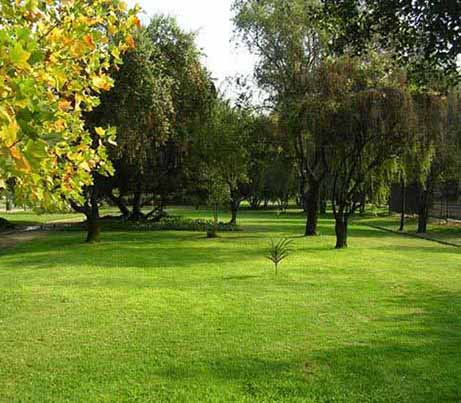
Scientists have discovered the female sex hormone progesterone in a walnut tree, shaking up what's known about the different between plants and animals. Until now, scientists thought that only animals could make progesterone. A steroid hormone secreted by the ovaries, progesterone prepares the uterus for pregnancy and maintains pregnancy. A synthetic version, progestin, is used in birth control pills and other medications.
Trees evolved camouflage defense against long extinct predator: First evidence of camouflage defense in plants PhysOrg - July 22, 2009

Many animal species such as snakes, insects and fish have evolved camouflage defenses to deter attack from their predators. However research published in New Phytologist has discovered that trees in New Zealand have evolved a similar defense to protect themselves from extinct giant birds, providing the first evidence of this strategy in plant life.
Ancient trees recorded in mines BBC - September 9, 2008

Spectacular fossil forests have been found in the coal mines of Illinois by a US-UK team of researchers. The group reported one discovery last year, but has since identified a further five examples. The ancient vegetation - now turned to rock - is visible in the ceilings of mines covering thousands of hectares. These were among the first forests to evolve on the planet.
Study: Tree Leaves Have Built-In Thermostat Live Science - June 11, 2008
Although Native Americans used to burn forests to farm, such practices were nowhere close to damaging "as the drastic deforestation that came with the Europeans," Roddick said. The colonists, like the Native Americans, cleared forests to farm, and felled trees for their timbers as well. "White pine was used a lot for shipbuilding," he explained. As deforestation leveled native trees, so too have infestations of disease and insects decimated forests.

We experience in the alchemy of time and consciousness.
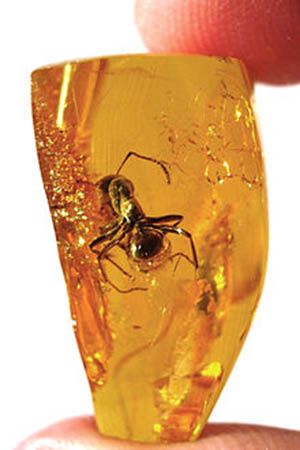
Paleontology: Tree Fossils
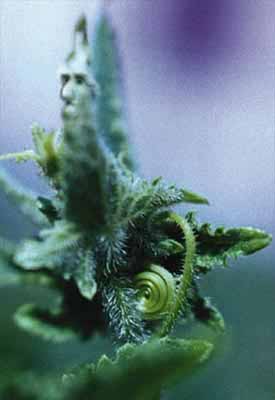
Nature Spirits